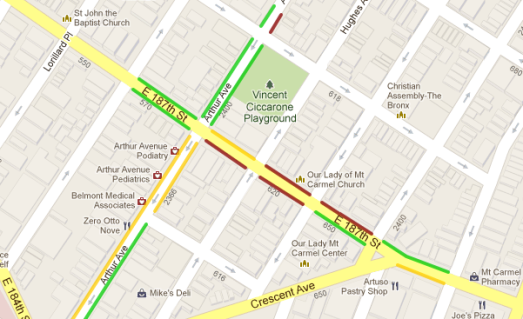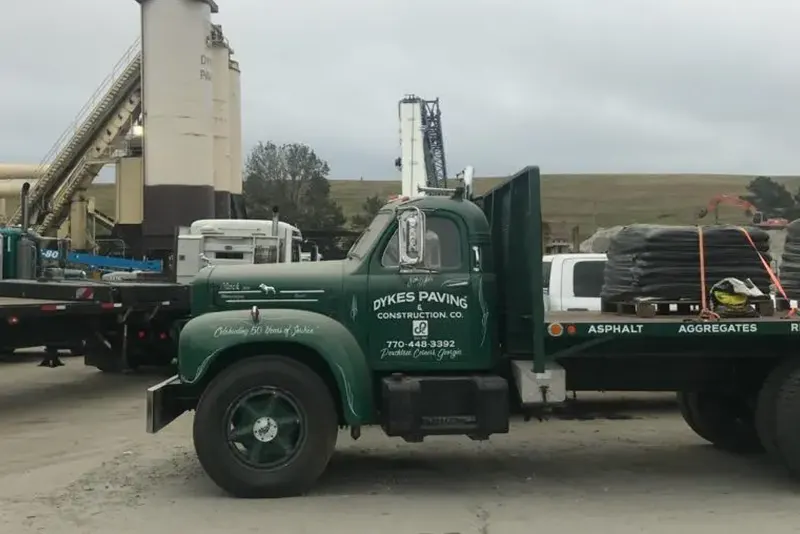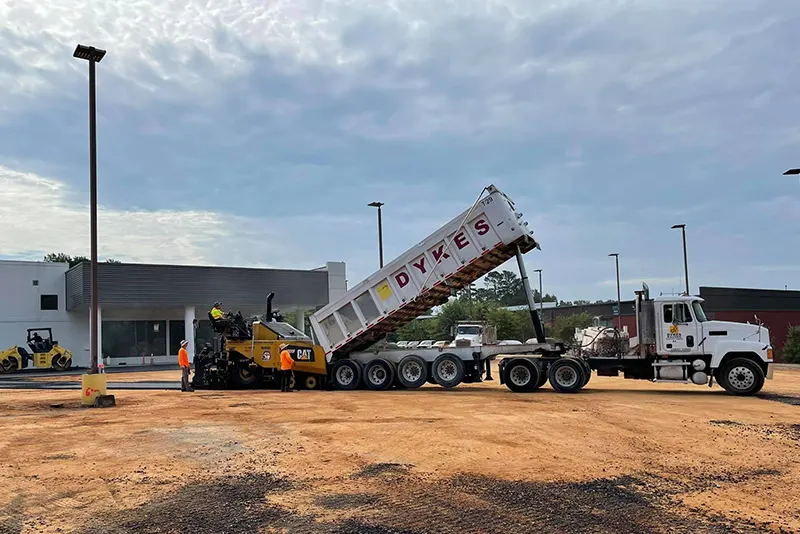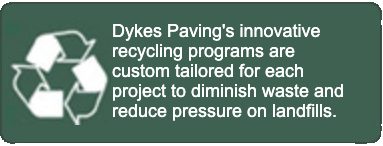Driving a car in a city like New York City can be a lesson in frustration. It isn’t just the congestion or the aggressive drivers, but the fact that when you want to park it is usually impossible to find a spot. Most of the time, drivers are satisfied when they find one within a few blocks of their destination. It can take time and lots of luck. But recently New York Mayor Bloomberg announced the rollout of a test program that may make the lives of NYC drivers just a bit easier.
The program uses simple, coin-sized sensors embedded into the roadway parking spaces of the city. The sensors are able to detect whether the parking space is available. Their use may help drivers and the city itself several ways:
- Less fuel and less time wasted hunting for a spot.
- Lowered risk of accidents for motorists – and pedestrians – when looking for a space.
- Fewer problems with double parking.
- The ability to find parking using a smart phone or mobile device.
- A ratings system that displays how likely finding a spot will be on a given block.

How You Know Where to Go
While the implications of the technology are quite impressive, for now it is only being tested on a few blocks in the Bronx. One drawback of the application is that it does not give information on any specific parking spot, but uses a map coded with green, yellow or red to indicate the overall possibility of finding a space. Nonetheless, early reviews have been positive. The only issue from critics is the fact that using the app could in itself be distracting to drivers. Mayor Bloomberg explained the tool is intended to be used before you get in your car, not while driving.
Easy to Install and Maintain
Placing the sensors themselves in an asphalt parking lot requires very little construction cost. The sensors have batteries which can last for years, and they are easily replaceable. They transmit information wirelessly to servers that can be accessed anywhere. Indeed several other cities, like San Francisco, are already using this same technology. It is easy to see how, as wireless technology becomes more prevalent, ideas like embedded sensors will bring more quality of life improvements to our roadways.








